Onions are easy to grow, and they’re the first ingredient in my culinary toolbox. Almost every dish I make starts with caramelized onions, so my garden is never complete until I have grown my season’s worth of onions.
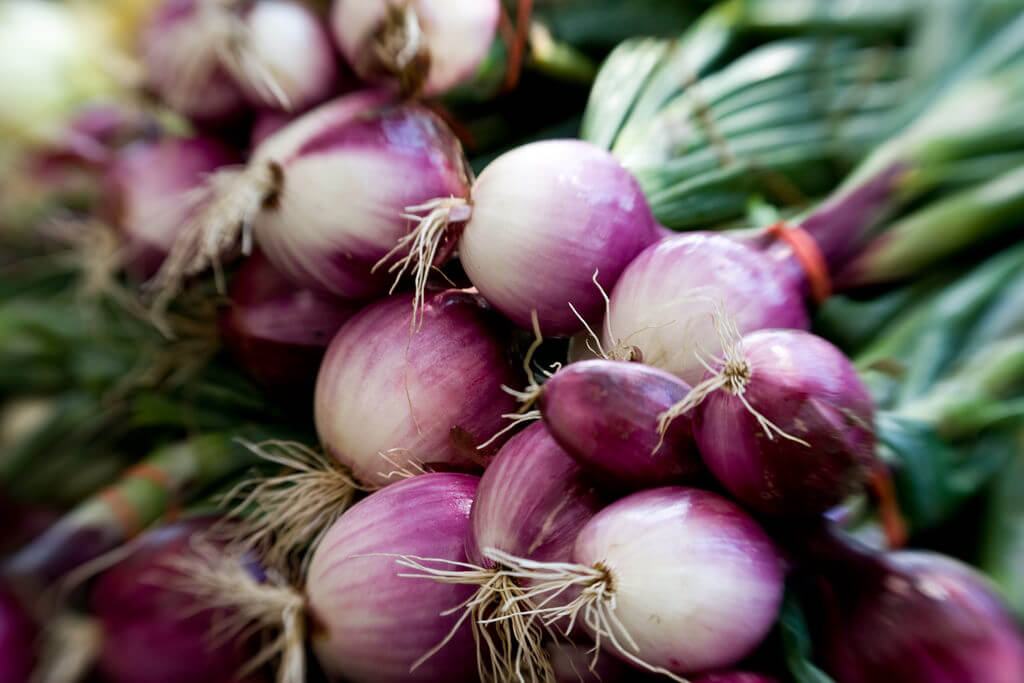
Since organic onions are so cheap, it can be easy to put off growing onions in favor of other, more exciting crops like tomatoes or asparagus. However, onions are easy and rewarding to grow! Read on for some basic tips and tricks for getting started with onions in your garden.
Varieties Of Onion
Onions come in many varieties that thrive in different climates and soils, but for culinary purposes, they fall into three broad categories: sweet onions, green onions and cooking onions.
Sweet Onions
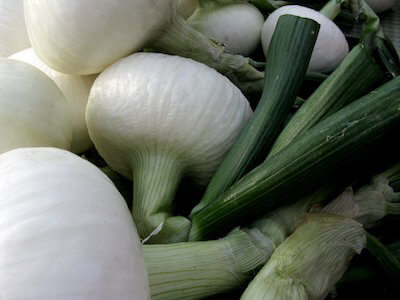
Sweet onions, like their name implies, have more sugar and fewer astringent sulfur compounds than cooking onions. Varieties include the famous Walla Walla Sweet, the cute and tiny Cipollini onion, and the classic red onion.
Their milder flavor makes sweet onions shine when eaten raw, sliced thinly on a sandwich, or adding zest to a salad.
Green Onions
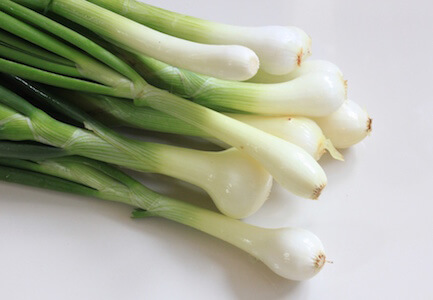
Green onions, also called scallions or spring onions, are famous as a garnish or topping. Fish tacos would not be the same without them.
They have a fresh, mildly astringent flavor that is even milder than the sweet onions, but less sugary. These are simply the young, undeveloped shoots of any onion variety, so the flavors can vary.
Cooking Onions
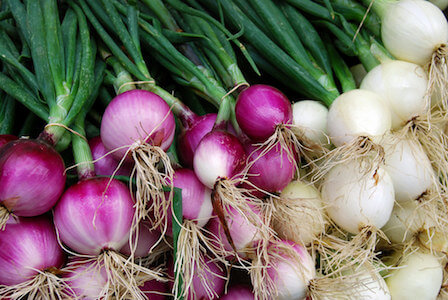
Cooking onions include yellow, white, and some red onions, as well as specialty onions like the Long of Tropea. I group them together because they have a stronger flavor, more sulfur compounds.
Generally they are too strong to eat raw, even mixed into a dish, but they have enough body of flavor that they stand out in a cooked dish, unlike sweet onions, which tend to disappear under other flavors when cooked.
Other Alliums
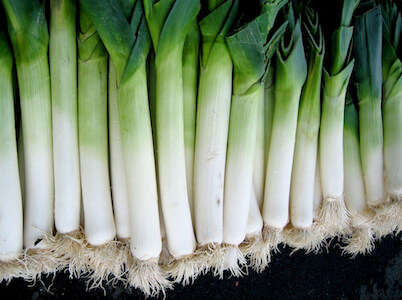
Other plants in the allium family that share a culinary place with onions include chives, shallots, leeks, and garlic. See our article on growing garlic for more information on that kitchen staple.
Which Variety Should I Grow?
As always, investigate which varieties grow well in your climate. Onions grow best in mild to temperate warm climates, but can be grown in a wide variety of places.
Regular heavy rain during the growing season can cause your crop to spoil if the soil doesn’t dry out enough between rain storms. Overwintering onion varieties that are planted in the fall and harvested in early spring grow well in warm climates like California, but are not hardy to freezing below about 20 degrees F.
Ask your local garden store for locally appropriate varieties, or check the information in the seed catalogue to find a good match. Pay attention to the temperature needed to germinate, and the length of the growing season for that variety.
Planting And Growing
Before planting, prepare your soil. Check out our guide here on soil testing and care.
If you are planting spring onions, starting them indoors or in a greenhouse gives you a head start on the season. Plant the seeds in a seed tray about a month to a month and a half before outdoor temperatures rise enough to plant. Follow directions on the seed packet for planting times and temperatures.
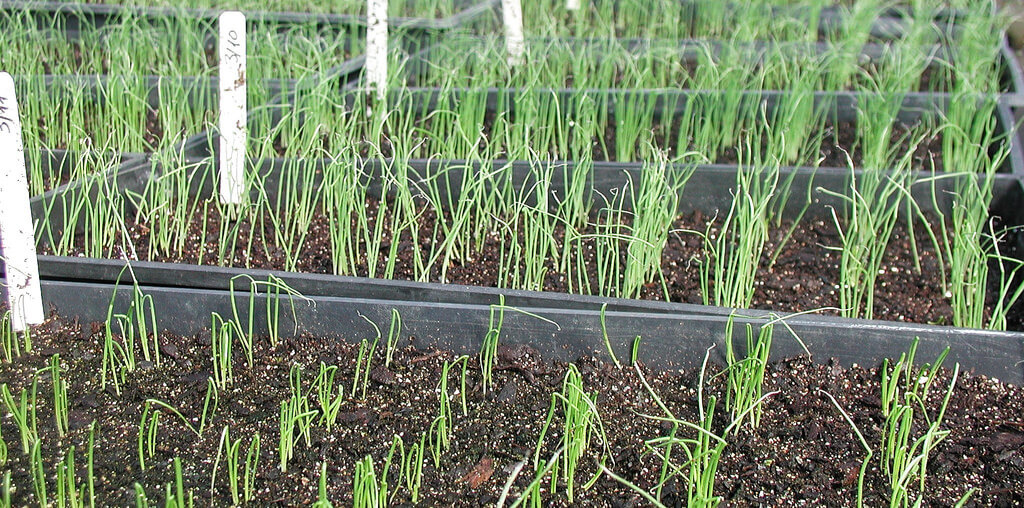
Onion seeds are tiny, and it’s ok to plant them close together in a seed tray. Onions don’t mind having their roots disturbed as much as many other plants, so when it is time to transplant them out into the garden, just pull the seedlings apart from each other.
To give the bulbs enough room to develop fully, onions need to be planted 6 inches apart. If you direct-seed your onions into the soil, you will have to thin them after they germinate to make sure each one has room to develop a large bulb. Otherwise, you will have small, stunted onions.
Some people plant onions close together intentionally and wait to thin until the sprouts have grown into established green onions. That way you can grow scallions and bulb onions in the same row and get two crops at once!
Because they grow tall and thin, onions do not compete very well with weeds, which means that you’ll need to be proactive about weeding.
Other than that, onions are low-maintenance during the growing season. Keep them watered, but the soil should not be more than damp, because wet soil for long periods of time may cause onions to rot in the ground.
Harvesting
If you want scallions, you can harvest any variety of onions before they start to bulb. There are also particular scallion varieties that never set a bulb, which you can plant in the same way (although they can be spaced closer together, of course!) You can plant successions of scallion seeds every two weeks for a continual supply through the season.
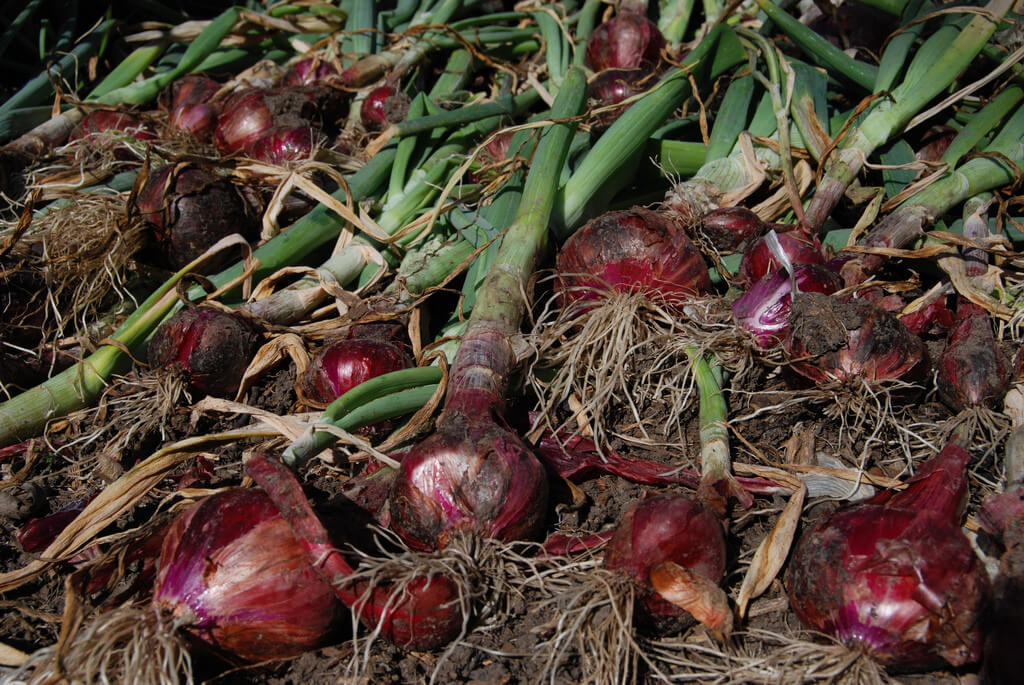
You can eat your onions at any size throughout the season, but in late summer when the leafy necks start to wither, the plant is done growing. If the onions aren’t harvested in a timely manner after they finish growing, they will start to rot in the damp soil. To harvest, pull the onions up by the neck, loosening the soil around them if necessary.
Once your crop of onions is in, you get to have fun in the kitchen. Most of the best recipes start with onions. From putting them raw on sandwiches and salads, to basic building blocks of flavor in quiche, meatloaf or stir-fry, onions are never out of style. Of course, to really let your crop shine, caramelized an onion to put on a burger or as a side dish all on its own.
Storage
One of the things that makes onions such a familiar food in many cuisines is that they store well.
Different varieties of onion store better than others. Some sweet onions will last only a month or so. If are growing a large batch of onions and expecting them to last through the spring, be sure you pick a storage variety, or you may be in for a big disappointment.
Once you have harvested your onions, you will want to clean them for storage. Clean onions not only make less of a mess in your pantry, but they also keep better, since caked dirt holds moisture. If your soil has lots of clay or silt, the dirt can be very stubborn and hard to clean. Resist the temptation to run them under water to clean them, since moisture is the enemy of onion preservation. Instead, allow them to dry and then brush as much of the dirt as you can with your hands or a rag. For a perfectly clean onion, peel off the outer layer of skin, but remember you are removing a protective layer.
After harvest, storage onions need to be cured, just like garlic. Curing is a drying process, which takes a couple of weeks to a month depending on your climate.
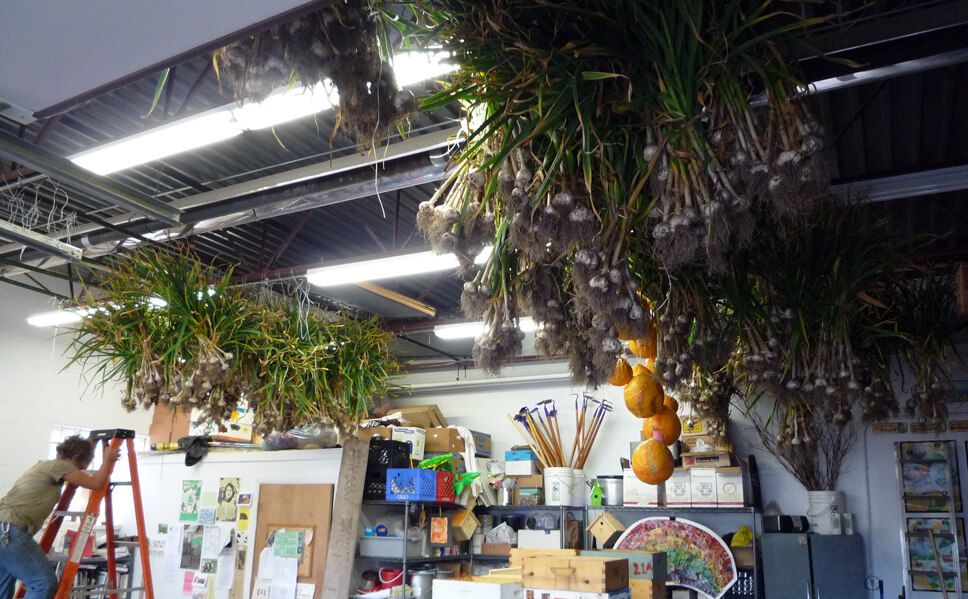
Onions should be spread out on a dry surface so that they don’t touch one another, or hung in bunches by their leafy necks, in a dry area with good circulation. Warm temperatures around 75 degrees F are ideal, so depending on your climate, you can aim to be harvesting onions before the last warm week of September, or the first cool week of September.
The onion skins will loosen and turn dry and brittle, like the onions you buy in the store. Once the onion necks are completely dry, the onions are done curing. At that point, you can put the onions together in boxes or baskets for storage.
Onions should be stored somewhere cool, dark, and above all, dry. They may start to sprout, but that’s fine. Unlike sprouting potatoes, sprouted onions are still great to eat – chop up the green shoots and use them just like scallions.
When onions go bad, they will start to mold and turn slimy. Like with all storage crops, check your stores periodically and remove any that are beginning to go bad. This will help all your onions last longer. There’s a reason they say one bad apple spoils the whole bunch.
Related Posts: Growing Leeks
There is no replacement for the feeling of looking at your dinner plate and realizing that you personally grew absolutely everything on it. And that feeling would not be complete without the onion.
So many meals include onions, think how much more local and self-sufficient your diet could be if you popped some onions seeds in the ground. Even though onions are cheap and easy to buy, they are also cheap and easy to grow!
How To Caramelize Onions The Right Way
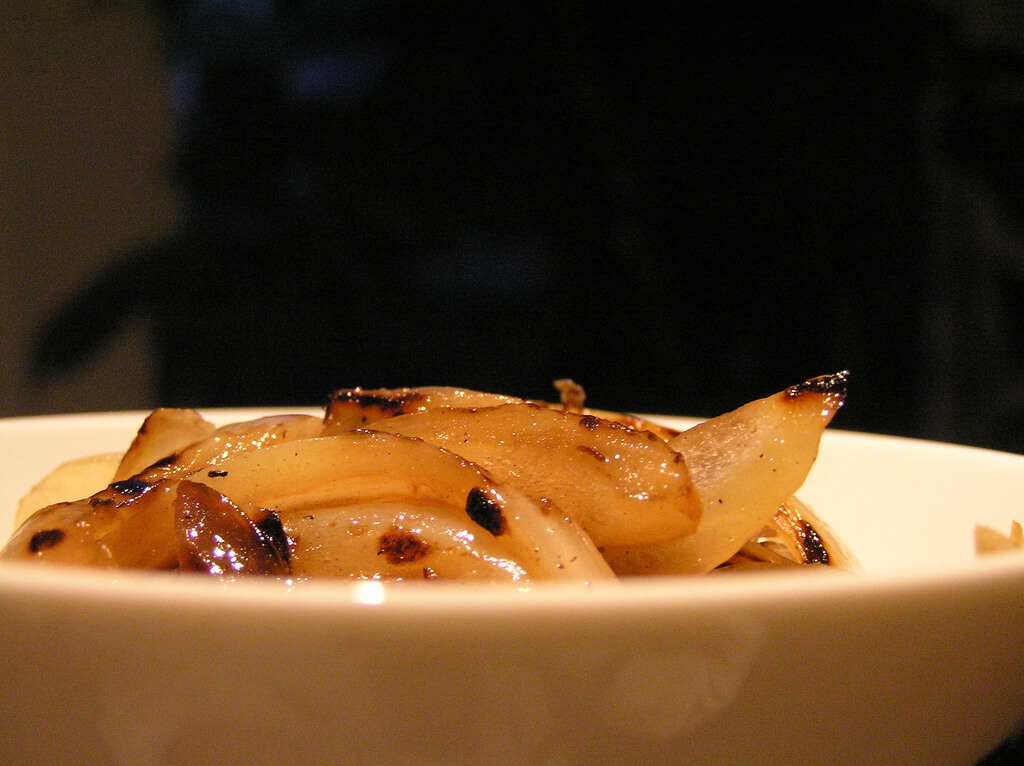
Is there anything better than the sweet flavor of caramelized onions on a sandwich or as a side dish? This is the secret my mom taught me to perfect caramelized onions is to cook them low and slow.
It’s faster to brown the onions on high heat and then cover them until they soften, but they can caramelize unevenly or even char. To get a truly even caramelization, start heating the onions slowly with low heat on the stovetop with enough oil to coat the bottom of the pan.
- During the first part of cooking, cover the pan to retain moisture.
- Only once the onions have turned translucent and soft, uncover them and turn the heat up from low to medium-low, stirring occasionally, until they brown to taste.
- This is a process for the patient cook! Expect it to take between 20 and 40 minutes depending on how many onions you are cooking at once.

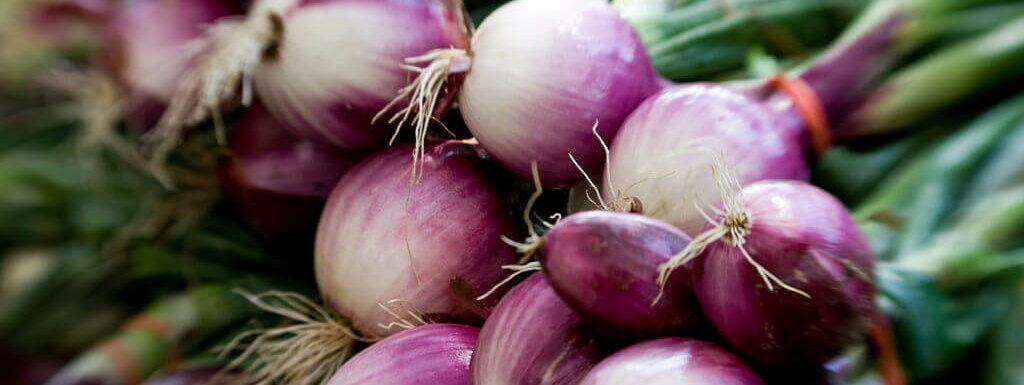
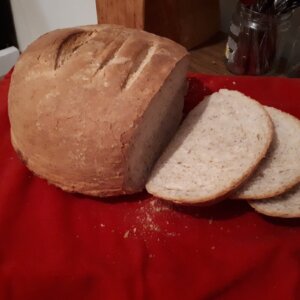
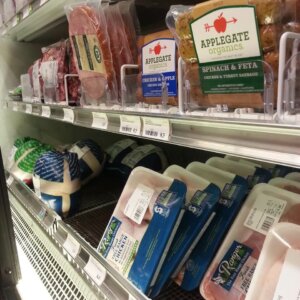
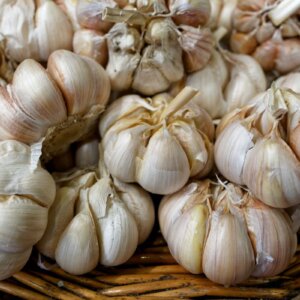


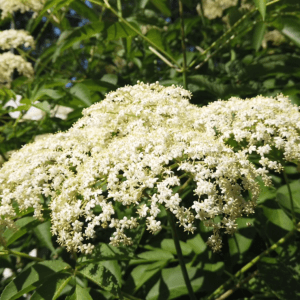

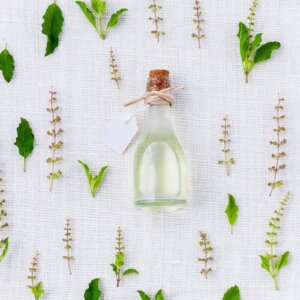

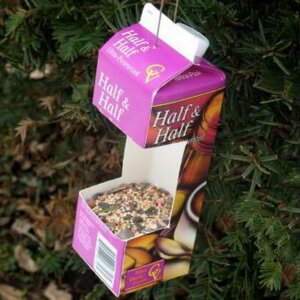

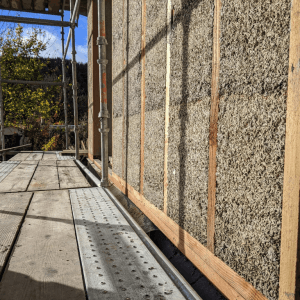

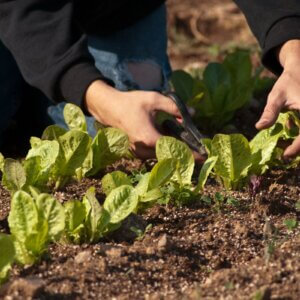


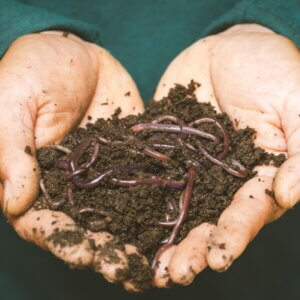

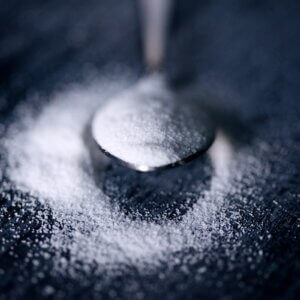
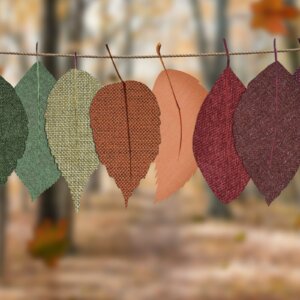



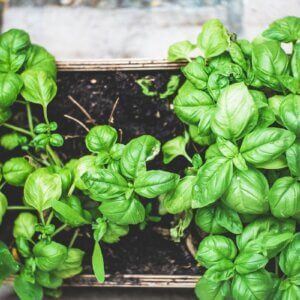
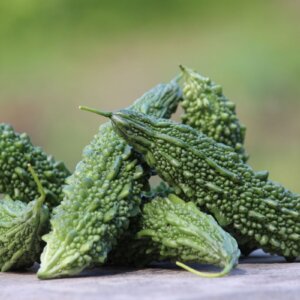


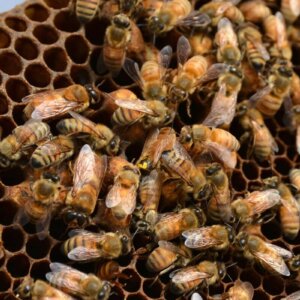
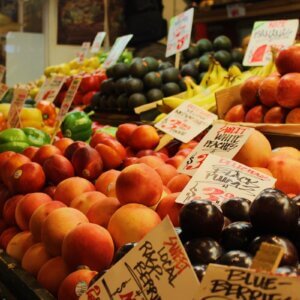

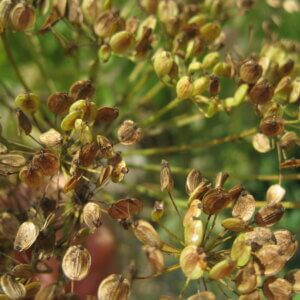



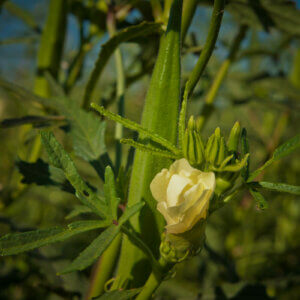
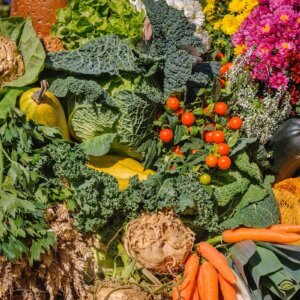


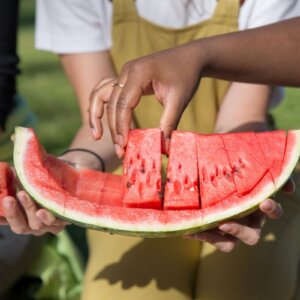

A CULTIVAR CEBOLLAS .ME GUSTAN TODAS .GRACIAS.
I am just beginning to start growing onions. Surprisingly, some winter onions do great here in Arkansas. Thank you for the great tips. I have learned a lot from this article.